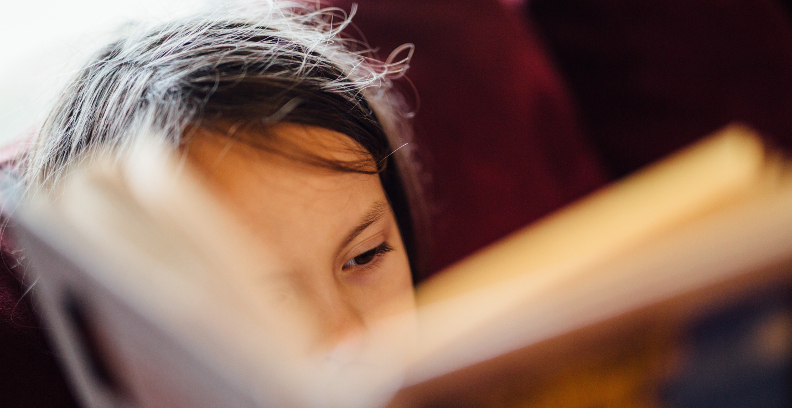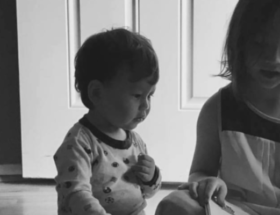Each summer, students in poverty fall further and further behind in their reading progress during the summer break.
The problem is that children from low-income neighborhoods simply don’t have access to books in the ways that kids from middle class homes do.
It’s a complex issue, but it’s possible there’s a solution in as few as three easy steps.
1. Let kids address the problem and create solutions
It is critical for students to take ownership of their learning. Simply telling students they need to read 10–12 books over the summer to keep their growing intellect from sitting idle is not going to help. Kids need to know and understand the concept—supported by studies—that reading at least a dozen self-selected books over the summer produces growth equivalent to attending summer school.
Approach the dilemma of academic loss over the summer with students as Project Based Learning. Nancy Bingham, the technology integration specialist in our district, was invited to work with the entire 5th grade level on a Title I elementary campus. She opted to facilitate an hour-long session with each ELA block and approach it as a PBL opportunity.
Nancy created a book club group for the entire grade level on Edmodo and generated several posts with information for the classes to guide the PBL. Each class session started with a quick celebration of all the independent reading the students had done throughout the year. Then students chatted in pairs about their thoughts as they viewed this infographic:

The question guiding the discussion was, “Since you guys have made incredible progress as readers during independent reading time this year, what can you do as 5th graders to avoid the Summer Slide?” The 5th graders posted the ideas they generated on Today’s Meet. Take a look at some of the thoughts students shared:
Read at least 30 minutes a day in the summer.
Get my mom to take me to the library to get good books to read.
Sneak into my big brother’s room and get some of his books.
Meet at the park this summer to talk and swap books you’re reading.
Choose reading first before playing video games.
When given the chance, along with some gentle guidance, kids can create solutions to their own problems. Instead of adopting some program prescribed for them, this group of 5th graders created their own plan for avoiding the summer slide.
2. Allow kids to choose the books they WANT to read
Choice is critical. When students get a chance to select books based on their interests, they’re much more likely to read and to keep on reading.
In the class sessions Nancy conducted, she led students to open a link to Scholastic Books and search for titles of interest for 5th and 6th grade students. From there they opened a link to Answer Garden so they could enter titles that piqued their interest. Answer Garden takes class or audience responses and indicates the popularity of a particular response(s) by making them larger than all the others. Students added the titles they chose, which allowed the teachers to see the titles that were most popular.
Using the Answer Garden responses from each class, a handful of adults were able to shop at the local Scholastic Warehouse Sale. Between the adults, they were able to purchase almost 500 titles, which allows each student in 5th grade to leave for the summer with at least 5 books they chose!
3. Find ways for kids to talk about what they’re reading
It’s no secret teens and preteens use social media to stay connected. So why not tap into (protected) social media sites—the perfect tool—to allow middle grade students to talk about the books they’re reading? The Edmodo site Nancy created with the campus book club is designed for the students to chat with all their classmates about the books they’re reading over the summer.
The teacher—along with a handful of other educators in the district—are also a part of the group, and together they’ll all be chatting about the books they’re reading. In addition to comments about books, the teacher will post about opportunities to meet up at the campus or nearby public library (the school librarian is opening the library on selected days during the summer break).
The meet-ups are designed so students and teachers will gather to talk about books and to swap books so the likelihood of kids reading a minimum of 10–12 books over the summer is greater than if they’re left to battle the summer slide on their own.
Interestingly enough, the day this group of 5th grade students got their books, many of them starting posting on Edmodo. The students and teachers are already talking about what they’re reading, chatting about swapping books, and soliciting recommendations for what to read next.
Imagine finding out what kids really want to read, working to get the titles they chose, and setting up a safe and protected social media site for them to talk about books all summer.
Summer slide?
Not this summer.











